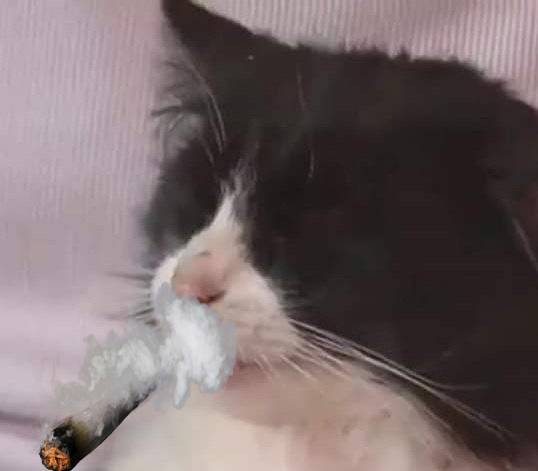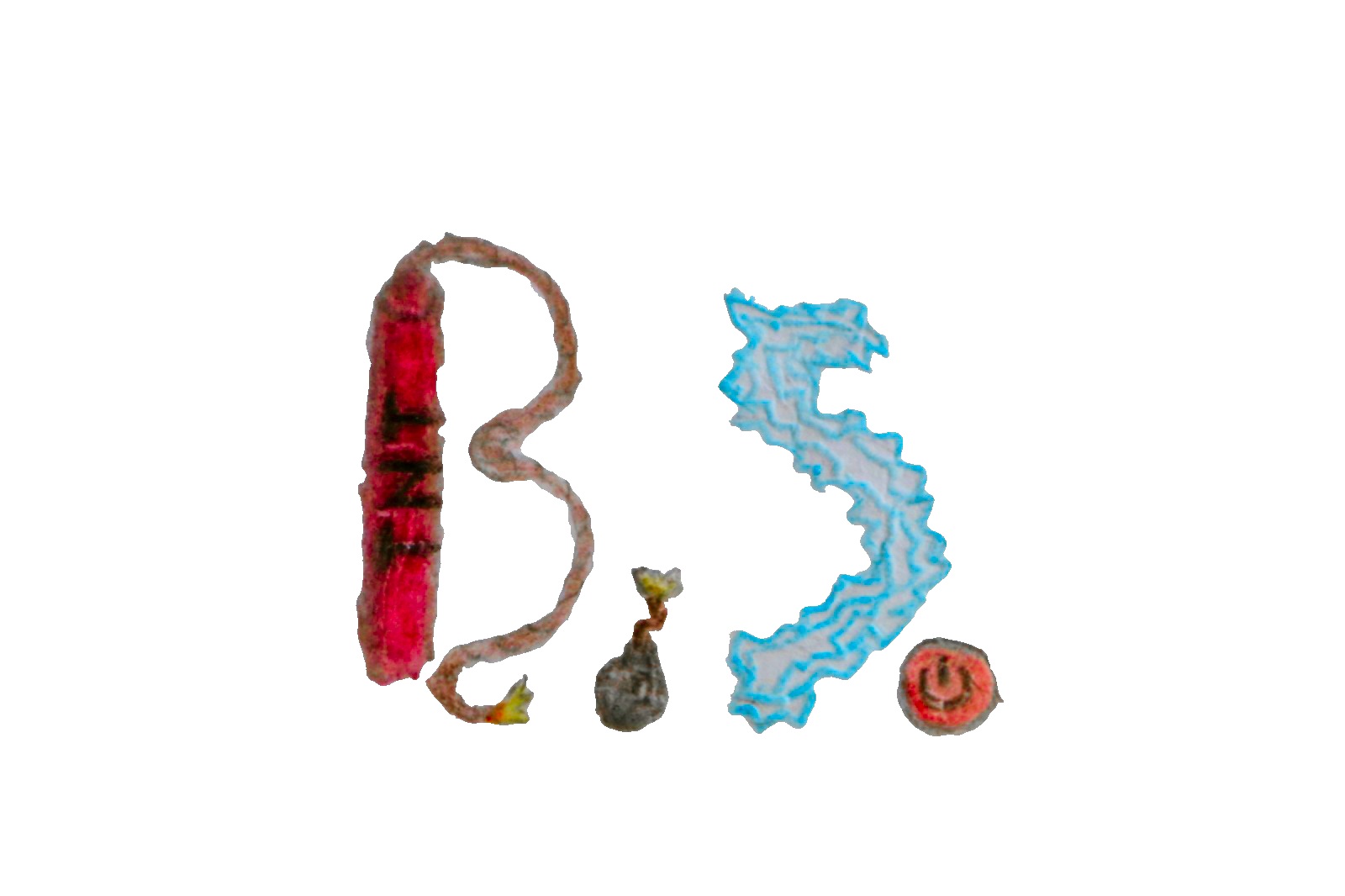- cross-posted to:
- privacyguides@lemmy.one
- cross-posted to:
- privacyguides@lemmy.one
I am shocked by this - the quote in below is very concerning:
“However, in 2024, the situation changed: balenaEtcher started sharing the file name of the image and the model of the USB stick with the Balena company and possibly with third parties.”
Can’t see myself using this software anymore…
♬ Hello
ddmy old friend
I’ve comesudowith you again ♬ 22·3 个月前
22·3 个月前Hello cat or cp or pv… Or anything else that works with files
Huh this is news to me. Wonder why dd has been the defacto standard in guides everywhere for the past 15-20+ years
… and the sign said the bytes of the distro are written to the SD card …. if they’re un-tar’d …
That’s interesting, apparently it was mentioned on github but nothing seems to have changed in the end
https://github.com/balena-io/etcher/issues/3784
Haven’t used that software in a long time but maybe there’s an opt-out somewhere during runtime? Although I don’t see why a user needs to be required to opt out of nonsense like this when just writing firmware to a USB disk.
Only ever touched balenaEtcher when some project or distro recommended it. Overall prefer Rufus for this sort of thing when working on Windows.
I’ve used Sardu on Windows for making multi-iso bootable USB sticks a long time ago in the past, but I’d admittedly never looked at their ToS or Privacy Policy. My use case was slapping some live boot antivirus scanners, data recovery tools, and one or two lightweight liveboot-Linux ISOs on one USB as a portable toolkit.
When I’m making anything else from Windows, I’ve always stuck with Rufus. Had never heard of BalenaEtcher before now.
I"m horrible with names of programs and mess with a lot of junk comps switching out OS’s and just tinkering around so I’m always using crazy utility programs. BalenaEtcher is used in a lot of tutorials or guides for installations, I think recently both Elementary OS and even Ubuntu had instructions pointing towards BalenaEtcher.
I never thought it was a great program, it was finicky to use and errors out quickly multiple times. Looking back I saw the signs, weird new program being promoted above other “well established” burn programs, ads, and now scrolling down their webpage it’s just a bunch of promotional subscription bullshit. I think I just threw up in my mouth a little bit looking at the “balenacloud” and “balenasense”, like if they’re collecting your data through etcher then all of that shit is probably compromised. Another fucking google wannabe corp.
If you need a FOSS, cross platform GUI for bootable USB sticks, Raspberry Pi Imager is a really good solution.
It is mainly used to flash SD cards for RPIs, but also you can burn any ISO on any support with it.I used to use the fedora media writer but the RPi imager software is so easy I switched
dd
It is indeed the best way, but somehow I am still anxious using this command, even after flashing countless USB drives 😅
I’ve made it a habit to type out the command without sudo at first, when it yells at me about permissions I am reminded to go back and double-check.
deleted by creator
nah, plenty of good stuff with good ui.
balena had effects and stuff but a pretty tasteless gui tbh, and ads promoting other shit…
Is no one aware of Fedora Media Writer? It’s FOSS and the most trustworthy ISO burning software in existence. It’s only issue is that its named as if it is written only for producing Fedora bootable media. It works for everything.
Opensuse has one too. And dd exists for the brave or the foolish
The article at the end mentions they suggest dd as alternative for MacOS (due to Unix user space). It seems the balena -> rufus decision is about the easiest-onramp Mac+Win-portable option, for those uncomfortable dropping to low-level device-writing CLI tools in their current system.
Side-note: Last time I was on a friend’s Windows I installed dd simply enough both as mingw-w64 (native compiled) and under Cygwin. So for Windows users who are comfortable using dd it only requires a minor step. When I once used WSL devices were accessible too, but that was WSL1 (containerized), whereas WSL2 (virtualized) probably makes device-mapping complex(?) enough to not be worth it there.
WSL2 has relatively easy (a few powershell commands iirc) device mounting, provided you aren’t trying to mount C: or the windows install drive (not necessarily the same).
Thanks, that’s good to know, but for raw-writing a bootable image to a device do you (or anyone reading) know if there are also straightforward powershell commands for mapping devices at the block level? (as opposed to mounting at filesystem level)
I dunno… I just use dd.
cat works perfectly fine too 👌
Eh, I prefer being able to specify block sizes, to maximize the throughput.
Meh i find it slow.
Or gnome disks, which also adds an “open with ‘write to drive’” option to isos and images
I remember a while back, years before this surfaced, there was a thread on /g/ with a group photo of Balena’s employees and a caption like “why does it take so many people to develop an electron wrapper around dd”. Obviously it was low effort engagement bait (balena does much more than etcher), but the comments were full of people calling the company a glowie honeypot and the like. Moral of the story: Trust the schizos, they sense spyware form lightyears away.
So tor is compromised?
Sudo dd if=tails.iso of=/dev/sdb
bash: Sudo: command not found
Lol, nice one
Sudontplease :P
Ah, a
doasuser, I see!Or working on a case sensitive system
Oh, damn, that was the joke!? Went right over my head lol
In my early days of Linux, I royally fucked up a USB thumb drive (back when they were expensive) using
ddand as a result do not trust myself with it.I would use Hannah Montana Linux if it was the only GUI option to burn a USB ISO.
Weird. I can’t even tell you how many times I’ve used that command. But it’s probably been several thousand. And I’ve never screwed up a flash drive that way.
There has been once or twice where I’ve pulled the flash drive out too quickly after it finished writing and it actually hadn’t finished writing and had to redo it, but other than that, I’ve not actually screwed up any drives beyond repair or anything.
for Windows?
Rufus.
And who cares if there’s spyware on windows, you’re already using windows so there is, it’s windows. At that point you may as well just use etcher, but I’d use Rufus anyway because let’s be real it’s just better. The only reason not to use Rufus is because it’s windows exclusive, but if you’re using windows that probably doesn’t bother you, so…
Install WSL
Install wsl lol.
Oh, sorry. I didn’t realize you were on Windows. That’s a Linux command. I haven’t used Windows very much since about 2018, so I don’t even consider Windows anymore unless it’s brought up.
The article was about Windows. And, no, I’m not on Windows. i use GrapheneOS on my phone and triple-boot Arch/Debian/Fedora on my laptop. I’m just making the point that the article was about Windows so replying with UNIX commands doesn’t really make sense.
i still don’t understand why anyone would use etcher. it’s an electron wrapper over
dd. it’s 80MB where rufus is 1.5. when it appeared there were already other programs that did its job better.Rufus seems to be just for Windows and dd does not have a gui
that’s correct. on windows, rufus is a better tool, and on linux or mac it’s just a built-in command with a manual packed in.
also, ubuntu ships with startup image creator, and gnome disks ships as a flatpak, if those are more your speed.
Thanks for the info, I’m on linux mint and after checking these out it isn’t immediately apparent from their websites whether or how I could install them. Still think etcher occupies a niche that alternatives don’t fill, its website directs you straight to installing it, it’s cross platform, and using it is very easy, so it’s something that could reasonably be linked to in various install tutorials.
on mint you install them as packages.
I like clicking buttons that have a text on them saying what they do instead of trying to memorize a gajillion terminal commands and flags where I have to enter more commands and flags to see what they do.
plus it’s some some sanity checks like not showing you your system drives. Or warning you when the drive you are about to nuke is suspiciously large and maybe not the usb drive you actually want to use.
This is basically the main feature. Stopping you from fatfingering the wrong drive
On Windows, Rufus is just as easy to use tho. And on Linux, there is Gnome Disks.
use rufus.
I used it because that’s what the instructions on the Linux Mint website for creating a bootable USB stick from Windows say to do.
I have no clue what “electron wrapper”, “dd”, or “rufus” are. I’m trying to learn more, but can’t learn it all in one day.
weird that the installation guide is hosted on a separate website that hasn’t been updated in eight years. that’s irresponsible of them. anyway rufus is a better version of etcher that you can download for windows.
I’ve typically used Etcher when I have to write an ISO on Windows
use rufus.
Friendship ended with Balena
Now Rufus is my new best friend
I tried belenaEtcher once on my Mac… And it seemed to me more like a spyware than an actual software, I was a bit confused and never used it again.
Just use
dd. It’s not that hard. You pass it 2 arguments:if=the file you want to flash, andof=the destination. If you’re feeling fancy, pass in somestatus=progress. And don’t forget to prepend it withsudo. That’s it.I just tried this the other day and was unable to boot from the USB. Any chance you could shed some light on what I might have screwed up?
The command was:
dd if=fedora.iso of=/dev/sdc bs=4M status=progressThe USB stick was not mounted and the fedora image was verified. The command completed successfully but I couldn’t boot from it. When I used fedora writer to burn the same image to the same USB stick it booted no problem.
Edit: spelling & capitalization
Don’t use Fedora myself, but it may not be a hybrid ISO that becomes bootable when written… so I looked and you are missing a flag
dd if=/path/to/image.iso of=/dev/sdX bs=8M status=progress oflag=direct
From https://docs.fedoraproject.org/en-US/quick-docs/creating-and-using-a-live-installation-image/
Ah! Thank you! I knew it was something I screwed up!
You didn’t screw up, you beautifully proved why the CLI is never a simple solution.
This is why people trying to pass this as a primary option baffle me a bit. dd is not that bad in isolation, but all of these little commands add up.
If we want Linux to be mainstream, we need to accept that most users aren’t going to be linux enthusiasts. They just want a PC that works normally.
It reminded me when I told a coworker he could force the Windows shutdowns with the command 'shutdown -p -f" from either a Run.exe or a cmd window.
Then he said it wasn’t working, and that the cmd window would just open and close quickly but no shutdown.
Imagine my surprise when he was doing shutdown -pf .
I don’t think
oflags=directhas any influence on the result. Apparently that’s about disabling the page cache in the kernel, which can avoid a situation in which the system slows down due to buildup yet-to-write pages.Perhaps not. But the flag allows for direct I/O for data, bypassing buffers which can be overrun with certain size blocks, potentially causing dirty buffer depending on the machine being used. My understanding is that it’s “more reliable” for writing (especially on shitty USB Flash drives) and getting the exact ISO properly written.
But it could be useless all the same - I’m just pointing out that OPs command is not the one recommended by Fedora when writing their ISO. Also OP is less likely to pull the drive before buffers have flushed this way.
Oh yeah that’s where I was getting at, but I didn’t have time to write that out earlier. I agree that OP probably pulled out the usb stick before buffers were flushed. I imagine that direct I/O would mitigate this problem a lot because presumably whatever buffers still exist (there would some hardware buffers and I think Linux kernel I/O buffers) will be minimal compared to the potentially large amount of dirty pages one might accumulate using normal cached writes. So I imagine those buffers would be empty very shortly (less than one second maybe?) after dd finishes, whereas I’ve seen regular dd finish tens of seconds before my usb stick stopped blinking it’s LED. Still if you wait for that long the result will be the same.
Did you make sure that the
ofis correct?lsblkto make sure.If your sure it wrote to the right drive i would make sure that you have a good download. Did you run your checksums?
I think fedora works with secureboot but you might want to disable it just to see if that is the issue. I believe you can reenable it after install.
Make sure to go into the bios and boot from external drive/usb.
Out of 15 years of using
ddi have never had a problem.I did verify with
lsblk, with a listing before and after plugging in the stick to be absolutely sure.I also did verify the checksum of the ISO.
I’ll double check SecureBoot, but as I mentioned, the same ISO written to the same stick with Fedora writer did boot in the same machine it wouldn’t boot from with the
ddversion.I know it’s something I did or didn’t do to make it work correctly, so this is not me trying to dunk on
dd, just trying to understand what I did wrong.just trying to understand what I did wrong.
You might not have done anything wrong.
There is also the possibility of a bad USB drive or write memory failure. There is lots of things that could go wrong that’s not your fault. Might try a different USB or a different USB port on your machine.
You might want to try zeroing out the USB,
if=/dev/zero. Then you might need to make a new partition table. You can use something like gparted. Or https://linuxconfig.org/how-to-manipulate-partition-tables-with-fdisk-cfdisk-and-sfdisk-on-linuxYou can try GPT or DOS. I dont think it matters.
Not sure if the ISO will have the partition table so you might want make the new partition table just to be sure the stick defiantly has one. If dd overwrites it from the iso no harm no foul.
Thats all the troubleshooting steps I can think of right now.
Rufus is great! I worked with the maintainer to fix a bug in hardware they didn’t have and it was a very pleasant experience.
Happy user of Ventoy here
Good luck with the binary blob!
For some more context:
https://lemmy.one/post/19193506
💀💀 seems like dd commands and gnome’s MultiWriter might be the only ways to flash stuff on linux
Fedora Writer is another one (also works on Windows and maybe Mac), and there’s also GLIM for multiboot, similar to Ventoy.
There’s also Popsicle which is made by the folks over at System76.
Gonna look into GLIM, thanks
The linked article lists Raspberry Pi Imager as an option for writing Tails from macOS, and that is also available on Linux and Windows.
https://www.raspberrypi.com/software/
Though the site only shows how to install on Ubuntu, the GitHub repo for the tool does have an AppImage that should work on any distro.
I thought the binary blob thing was explained?
Basically UEFI booting requires shims and those need to be signed so the Ventoy author is re-using the ones from Fedora and OpenSUSE. This can be verified by comparing hashes, which the author of that comment shows how to do.
This whole thing seems to come down to people freaking the F out because they don’t understand how the software works and the Author of the software is currently PO’d off at the community and stopped answering questions.
The price of doing business with UEFI. There are ways around it but it works so fucking smooth. I’m down with it.
A reason was given but no source was provided, and their response to the question was very slow. I don’t trust it.
Last I heard it was also suspect: Ventoy source code contains some unknown BLOBs, still no word on the issue from the dev after months
Completely aside from the blob issue mentioned, the Tails team has recommended against using a multiboot utility like Ventoy to install Tails. Ventoy works fine for basically any other operating system (again, aside from the blob issue), just not Tails, which is what this post is about.
My luck with Ventoy has been very poor. The isos will work a few times and then something breaks and I need to re download all my isos and format and try again.
That’s… Interesting. I’ve been using Ventoy professionally for like… 2-3 years now and I’ve not once had an issue with daily use. Unironically like 2500-3000 uses without issue.
This has been my experience as well. Some people love it, but I’m not gonna rely on it for critical backup or recovery tools (also, there’s that whole binary blob thing, besides).
I have had no complaints about it, but with that said, I absolutely would not use it for any vital backup your recovery tools.
It was fantastic however, to use to load up with handfuls of different live distro ISOs to play around with.
Ventoy is life!
did they ever clear up that random unexplained binaries issue?
From what I could gather, they’re taken from Fedora and OpenSUSE. They’re signed blobs for secure boot support.
Real

























